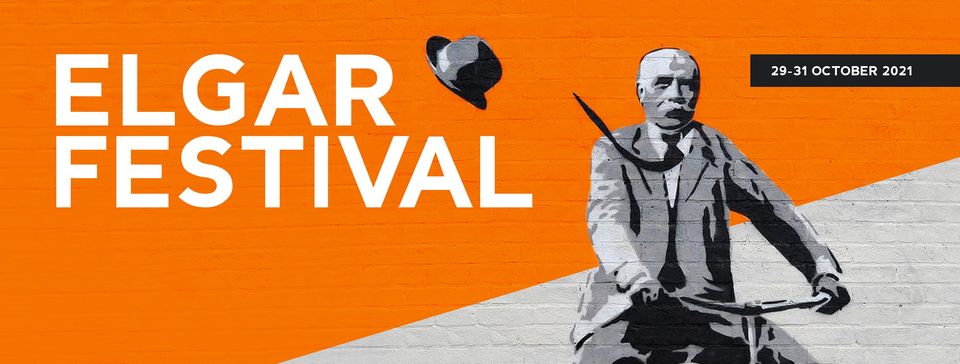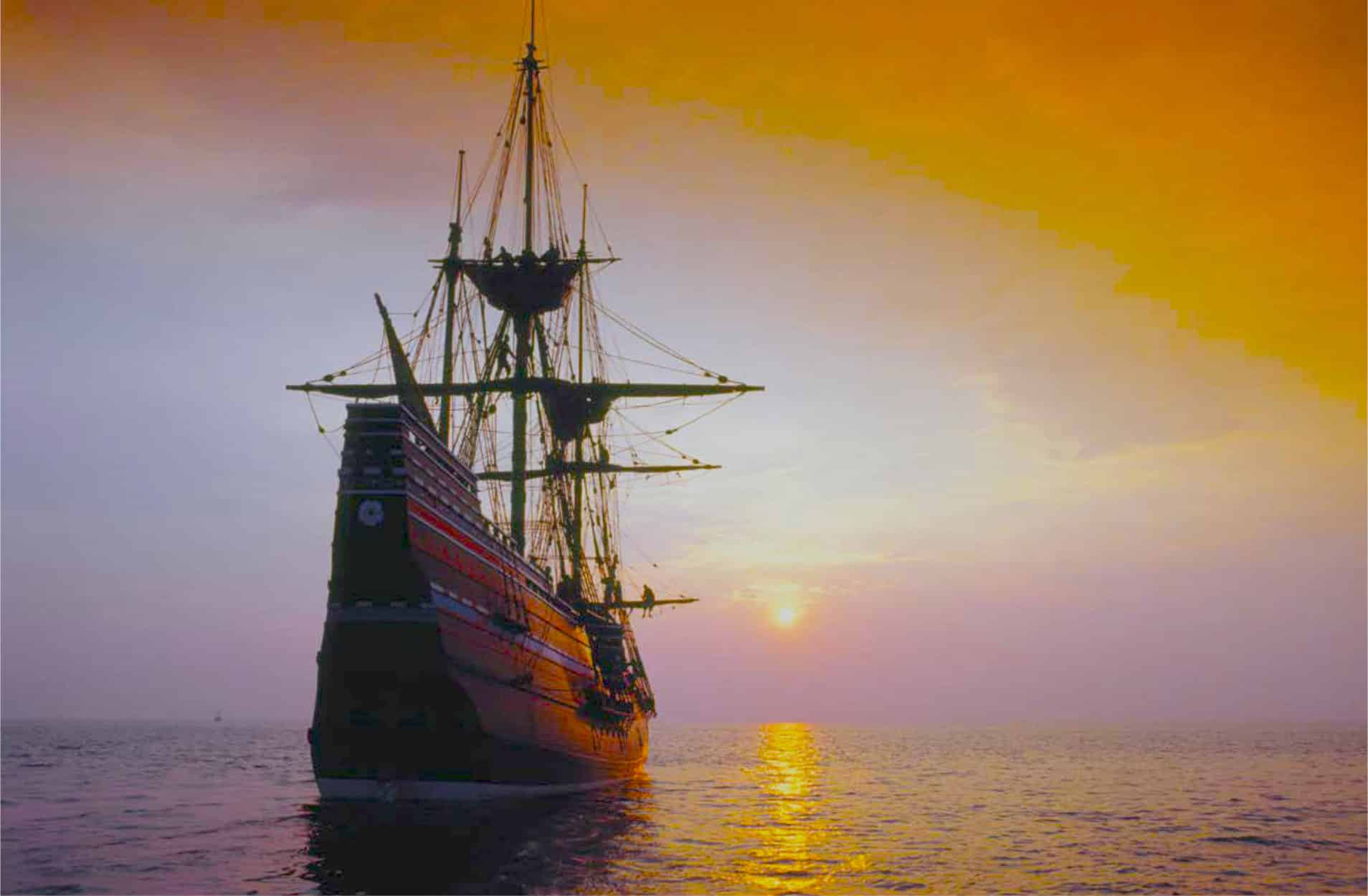Support our work – click here to donate
Want to view the full video?
You need to be an ESO Digital Supporter to view the full content. Please click here for more information, or sign in to your account below if you’re already registered.
Already a supporter? Click here to log in.
Programme
Ethel Smyth Overture to ‘The Wreckers’
Sir Edward Elgar Variations on an Original Theme, opus 36 “Enigma Variations”
Artists
English Symphony Orchestra
– Click here to view the Orchestra List
Conductor: Kenneth Woods

About this Concert
Recorded live at the 2021 Elgar Festival in Worcester Cathedral with special thanks to the Elgar Society for their sponsorship of the recording and videography of this concert.Recorded live at the 2021 Elgar Festival in Worcester Cathedral with special thanks to the Elgar Society for their sponsorship of the recording and videography of this concert.
Discover More
About the Music - Ethel Smyth (1858-1944) - Overture to 'The Wreckers'
Ethel Smyth’s The Wreckers has ‘something which does not meet you halfway, something which does not hold out soft arms to embrace you but conquers you with the sword.’ So said one of Ethel Smyth’s closest friends, author Maurice Baring, after hearing her third opera. In Smyth’s lifetime Wreckers was largely considered to be her masterpiece. When it premiered in Leipzig in 1906 Smyth was already famous — she had two operas, a Mass, Serenade for String Orchestra, and several chamber works to her name. But Wreckers was the work that really put Smyth, according to the Grove Dictionary of Music in 1927, ‘among the most eminent composers of her time.’
Smyth was inspired to write Wreckers after visiting the smuggler’s cave Piper’s Hole while on holiday in Cornwall. The plot revolves around a love triangle in a community that deliberately wrecks ships off the Atlantic coast, plundering their cargo for profit. She conceived the storyline over a number of years, and worked on the libretto with her lover, philosopher Henry Brewster. Smyth and Brewster had a complicated relationship: Brewster had been married when they first met, and his wife would not agree to the ménage à trois that he proposed. Even when Brewster’s wife died, Smyth would not agree to marry him. Marriage would have meant the end of her career and her independence, so she chose to remain unmarried all her life. Additionally, Smyth maintained other relationships with women while with Brewster. Smyth was unusually and explicitly autobiographical in her compositions — one of the other inspirations behind the Wreckers was the Princesse Winnaretta de Polignac, with whom Smyth was then in love. As was usual for Smyth, they had a tempestuous relationship. She labelled the first act of The Wreckers ‘in nomine W’, and after a row, Act III was written ‘in spite of W’.
Wreckers has had a rocky performance history. Smyth sabotaged what could have been an extremely successful first run in Leipzig, because she took offence at cuts being made to her score despite the reception being overwhelmingly positive. She stole the parts from the opera house after the first performance, preventing the run from going ahead. A later production in Prague was a disaster. The first productions in the UK were a success, but it has fallen from the repertory since Smyth’s death in 1944. The Overture and the Prelude to Act II were perennial favourites at the Proms in Smyth’s lifetime, and remain the most well-known parts of the opera. Wreckers will finally be staged at Glyndebourne in 2022. Maybe it will be the start of realising Smyth’s life-long dream: that The Wreckers would find a place in opera-goers’ hearts.
– © Leah Broad
About the Music - Edward Elgar (1857-1934) - Variations on an Original Theme (Enigma), Op.36
Happiness is a cigar called Enigma
After a long day of peripatetic violin lessons in October 1898, Edward Elgar lit a cigar and sat down at his piano. “I began to play, and suddenly my wife interrupted by saying ‘Edward, that’s a good tune…play it again, I like that tune’. I played, and strummed…and that tune is the theme of the Variations.” He tried the tune differently, asking “Whom does that remind you of?” “That’s Billy Baker going out of the room” she replied. From this parlour-game grew the greatest orchestral work yet written by a British composer. First performed in London on 19th June 1899, and repeated a month later at New Brighton Tower, the Enigma Variations marked a turning point not just in Elgar’s career, but in the history of British music.
Nuts and Bolts
Why? Well, there was the technical mastery. Elgar had never been to music college, but while his academically trained peers had been learning their orchestration from textbooks, he’d been playing his violin in amateur operatic pit bands, local orchestral societies and music festivals. He knew, from within, exactly how an orchestra worked. This was the first piece of British orchestral music that sounded as if its composer actually liked the sound of an orchestra.
Form and Feeling
And this practical know-how was allied to a brilliant musical vision. The work is a set of variations – one of the easiest musical forms to follow. But the way Elgar structured them, the Enigma Variations are virtually a miniature symphony. Yet, just as much, they’re a set of 15 short, tuneful pieces, each capturing to perfection a particular mood or scene. You don’t have to be a musicologist to enjoy the pictures of distant liners and bulldogs splashing in rivers, or to respond to the profound emotion of Nimrod.
“My friends pictured within”
Music like this can’t be faked, and, of course, in writing about his friends and family, Elgar didn’t have to fake anything. The people – and places – he chose to include in the Variations were those that encouraged him through his troubled formative years. The whole piece, from beginning to end, glows with a sense of genuine love – for friends, for family, for home.
And the “Enigma”?
Elgar loved “japes”, and it might be the counterpoint to another famous tune – perhaps Auld Lang Syne, or the National Anthem – or an abstract concept, like Friendship. Elgar’s only response to every suggestion was “No – nothing like it.” All we can go on are Elgar’s handful of clues, and his dedication: “To my friends pictured within”:
Theme:
Enigma. The composer himself, hesitant and melancholy, then quietly hopeful.
I (C.A.E.)
Caroline Alice, the composer’s wife. Where the theme is hesitant, the variation is measured, tender and serene.
II (H.D.S-P.)
Hew Steuart-Powell, an amateur pianist – and the way he’d run his fingers over the keys while warming up to play.
III (R.B.T.)
Richard Townsend, a family friend, had an unusually high voice – but would make it exaggeratedly low for comic effect. Listen for the bassoons.
IV (W.M.B.)
Local squire William Baker barking the day’s plans at his bemused house-guests before accidentally slamming the door on the way out.
V (R.P.A.)
Richard Arnold was loved by Elgar for his serious and thoughtful conversation (strings) – which he’d break up with unexpected witticisms (woodwinds).
VI (Ysobel.) Isabel Fitton, a viola pupil of Elgar’s. This variation is both a delicate portrait of a young Worcestershire lady, and a string-crossing exercise for the viola section. Conducting her in an amateur performance years later, Elgar noticed that Isabel still couldn’t play it…
VII (Troyte.)
The Malvern architect Arthur Troyte Griffith – Elgar tried to teach him the piano, and we hear him ham-fistedly pounding the keys.
VIII (W.N.)
Winifred Norbury’s elegant Georgian house, Sherridge Court near Great Malvern. The oboes imitate her distinctive, genteel laugh.
IX (Nimrod.)
“Nimrod”, was the “mighty hunter” of the Bible; Augustus Jaeger (German for “hunter”), was Elgar’s German-born editor, and his most devoted and understanding musical supporter. This great slow movement was inspired by a summer evening’s conversation about Beethoven.
X Intermezzo (Dorabella.)
A complete contrast – a deliciously-scored interlude portraying Dora Penny, a 24-year old Elgar enthusiast from Wolverhampton. The woodwinds imitate her slight stammer.
XI (G.R.S.)
Not so much George Sinclair, organist at Hereford Cathedral, as his bulldog Dan – tumbling down the banks of the River Wye and paddling furiously upstream.
XII (B.G.N.)
Basil Nevinson was a cellist, so this variation is an expressive and poignant elegy for the cellos, leading directly into –
XIII Romanza (* * *)
Officially, the asterisks represented Lady Mary Lygon, then on a sea voyage, but the desolate clarinet solo over a quiet drum roll (representing the liner’s engines) hints at a more tragic story. Yes – that’s the theme from Schumann’s piano concerto, but why? – Elgar never told.
XIV Finale (E.D.U.)
Elgar himself reappears, completely transformed – “Edu” was Alice Elgar’s pet name for her husband. A stirring build-up leads to a sweeping and optimistic finale, which pauses only to recall C.A.E. and Nimrod before ending, transformed, in the confident splendour of the full orchestra.
© Richard Bratby
Follow the Score - Ethel Smyth - Overture to 'The Wreckers'
Follow the Score - Edward Elgar - Enigma Variations
Read the complete 2021 Festival Programme book
Production Information
Recorded at Worcester Cathedral, 30th October 2021.
Videographer: Joe Blomfield
Audio Engineer & Editor: Tim Burton
Orchestra Manager: Simon Brittlebank / The Music Agency

